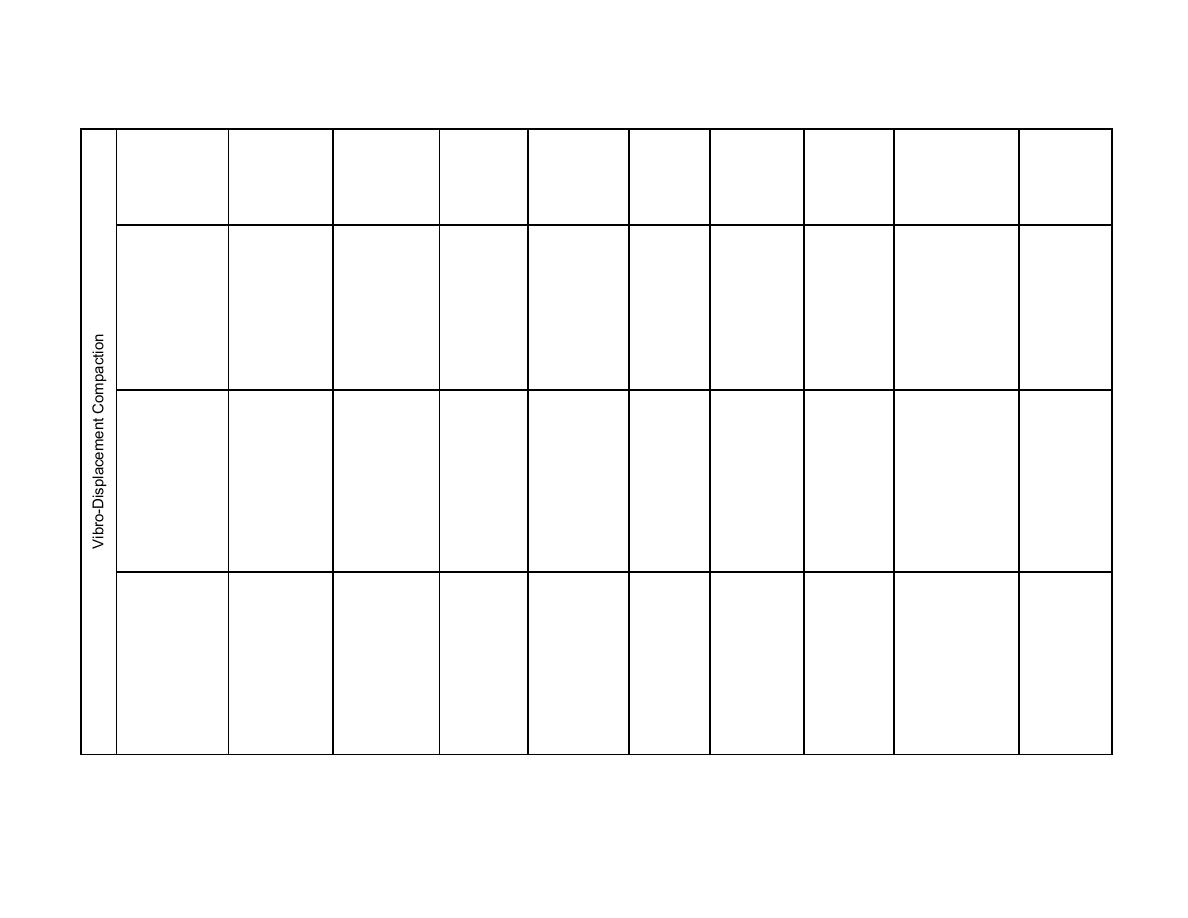
Table 8-7.1 Stabilization of Soils for the Foundations of Structures
Method
Principle
Most
Maximum
Economical
Special
Special
Properties
Special
Relative
Suitable Soil
Effective
Size of
Materials
Equipment
of Treated
Advantages
Costs
Condition/
Treatment
Treated
Required
Required
Material
and
(1976)
Type
Depth
Area
Limitations
(feet)
Compaction
Densification
Loose sandy
1.8 M
Small to
Pile
Pile driver
Can obtain
Useful in soils
High
piles
by
soils, partly
(60ft)
moderate
material
high
w/ fines,
displacement
saturated
(often
densities;
uniform
of pile
clay like
sand or
good
compactioneasy
volume and
soils; loess
soil +
uniformity
to check results,
vibration
cement
slow, limited
during
improvement in
upper 300
600 mm (1-2 ft)
>3344 M2
Heavy
Repeated
None
Tamper of
Cohesionless
Can obtain
15- 18 M
Simple, rapid;
Less than
Tamping
application of
10-40 tons;
best; other
high
(50-60 ft)
suitable for
vibro-
(4000 yd2)
(Dynamic
high intensity
high
types can
relative
some soils w/
floatation.
impacts @
capacity
also be
densities;
fines; usable
surface.
crane
improved
reasonable
above and
uniformity
below water;
requires control;
must be away
from existing
structures.
>1000 M2
Vibrofloatation
Densification
Granular
Vibroflot;
Can obtain
Cohesionless
90ft
Useful in
.00-
(1200 yd2)
.00/m2
by vibration
crane
high
soils with
saturated and
yd2);
(
and
relative
less than
partially
||content||
.00/m2
compaction
densities;
20%
saturated soils;
(
yd2); may
of backfill
good
uniformity
material
cost about
uniformity
half of
compaction
or concrete
piles.



 Previous Page
Previous Page
